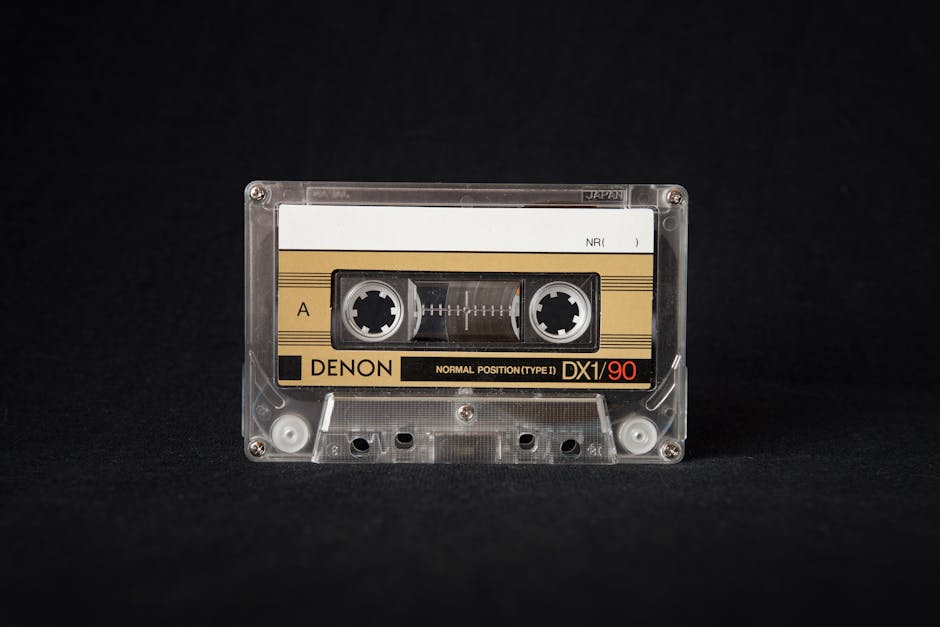How to Produce Radio-Ready Tracks on a Budget

Producing a radio-ready track sounds like something that might require deep pockets and a full recording studio, right? Think again. Thanks to accessible tools and smart strategies, you can create high-quality music without breaking the bank. Whether you're an indie artist or just trying to get your voice out there, achieving that polished sound is absolutely doable on a budget. It just takes some resourcefulness, a bit of technical know-how, and the right gear.
Invest in the Essentials (But Don’t Go Overboard)
Before anything else, let's talk about gear. It's easy to get caught up in the idea that you need top-of-the-line equipment to make professional-sounding tracks. But that's not entirely true. Sure, some tools make life easier, but there are affordable options that pack more punch than you'd expect.
First off, you’ll need a good audio interface. This is the bridge between your computer and your instruments or microphones. You don’t have to drop $1000 on one; brands like Focusrite offer solid options around $100-$200 that give clean, reliable sound quality. The Focusrite Scarlett 2i2, for example, is a popular choice for home studios due to its simplicity and great preamps.
Next, a decent microphone is non-negotiable if you're recording vocals or live instruments. You don't have to spend much here either, a mic like the Audio-Technica AT2020 costs under $150 and performs well for most home studio setups. Then there’s the software, your DAW (Digital Audio Workstation). If you're just starting out, you can even use free programs like GarageBand or Audacity. But if you're looking for something more powerful without a steep learning curve, check out Reaper (Reaper.fm), which offers a full-featured experience with an unlimited trial period for just $60. It's seriously hard to beat that price-to-performance ratio.
Leverage Free Plugins
The beauty of producing music on a budget is that so many companies now offer excellent free VST plugins for EQs, compressors, reverbs, you name it. These plugins help shape your track’s sound without costing you an arm and a leg. For example, the TDR Nova dynamic equalizer is an incredible free plugin that rivals paid alternatives in terms of functionality and precision. Combine it with a solid compressor like the TDR Kotelnikov, also free from Tokyo Dawn Labs, and you’ve got yourself some pro-level tools to give your mix clarity and balance.
If you're looking for a lush reverb without dropping cash on something like Valhalla Room, grab Valhalla Supermassive, which is 100% free and creates beautiful atmospheric effects perfect for both vocals and instruments.
The key here is not to underestimate what these freebies can do for your sound. Many of them are used by professionals who need quick solutions for certain tracks or even swear by them as staples in their production process.
Treat Your Room (Without Expensive Acoustic Panels)
The environment where you record makes a big difference. But treating your room acoustically doesn’t have to mean shelling out hundreds of dollars on fancy acoustic panels. If you've got hard walls and floors bouncing sound everywhere, try DIY approaches first: old blankets or heavy curtains hung around your recording space can help absorb unwanted reflections. You could also stack bookshelves filled with books behind your recording area, books work surprisingly well as diffusors!
If you want something more focused on controlling sound without spending much money, consider making your own acoustic panels using rock wool insulation wrapped in fabric. Plenty of online tutorials walk you through this process step-by-step at a fraction of what commercial panels cost.
Mastering Your Track (DIY Style)
This is where things get intimidating for many independent producers: mastering. It’s the final polish that gives your track commercial-level loudness and clarity, so naturally, people assume they need to hire someone or pay for expensive software to get it done right. While hiring a mastering engineer can be worth it if you've got the budget, it's absolutely possible to do this part yourself with some patience and attention to detail. Plugins like iZotope's Ozone Elements (iZotope Ozone Elements) are affordable options specifically designed for beginners who want to handle their own mastering process.
If even $100 seems too steep right now, look into LANDR (LANDR.com), an online platform offering automated mastering services at budget-friendly prices. For just a few bucks per track (or less if you subscribe), LANDR provides AI-powered mastering that delivers surprisingly good results for indie musicians trying to get their tracks radio-ready.
Collaborate with Other Artists
A sometimes overlooked method of stretching your budget is collaborating with other artists or producers. Swapping skills can save you both time and money while also expanding your creative horizons. Maybe you're great at mixing but struggle with vocal production, find another artist who's more experienced in that area and exchange services.
You might be surprised how many people are willing to trade time instead of money when working together on projects they’re passionate about. Collaboration also brings new ideas into the mix that can elevate your track beyond what you'd create alone.
Wrapping It All Together
You don’t need deep pockets or access to major studios anymore to produce radio-ready tracks. With affordable gear, free software tools, clever room treatment strategies, DIY mastering options, and collaboration opportunities, creating professional-quality music on a tight budget has never been more attainable.
Remember: it’s less about having every fancy gadget available and more about understanding how to use what you’ve got effectively. A well-mixed track recorded with basic equipment will always sound better than an over-produced mess created in an expensive studio by someone who doesn't know what they're doing! So go ahead, grab those headphones and start creating.
